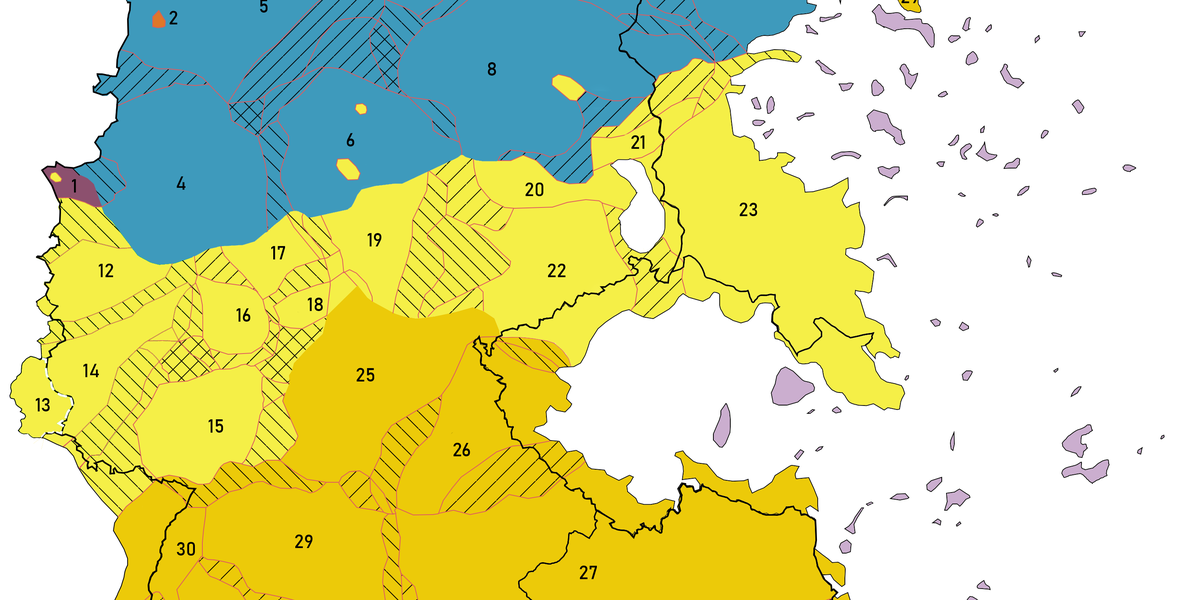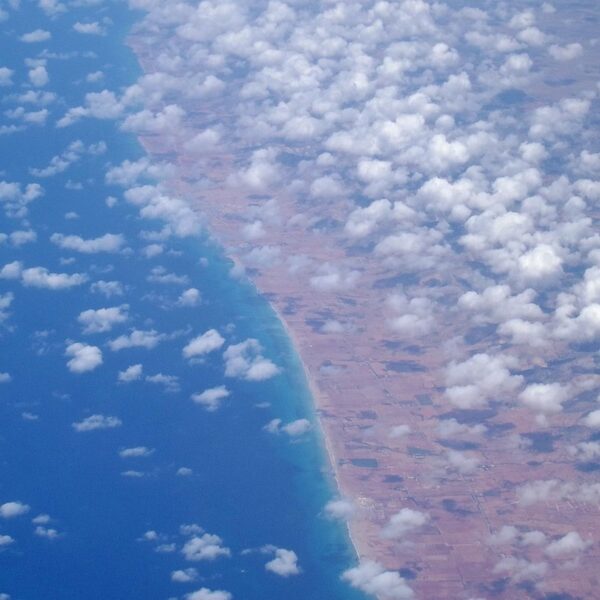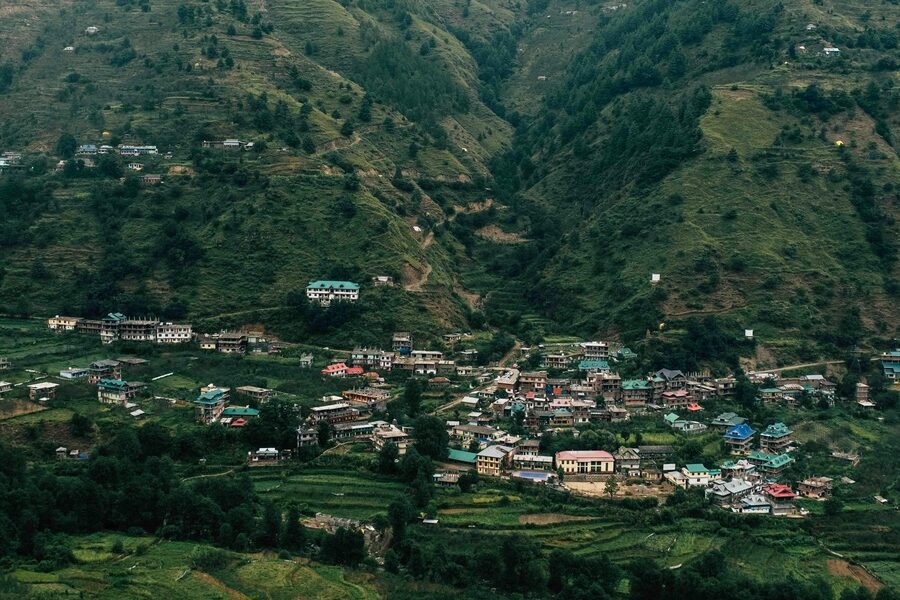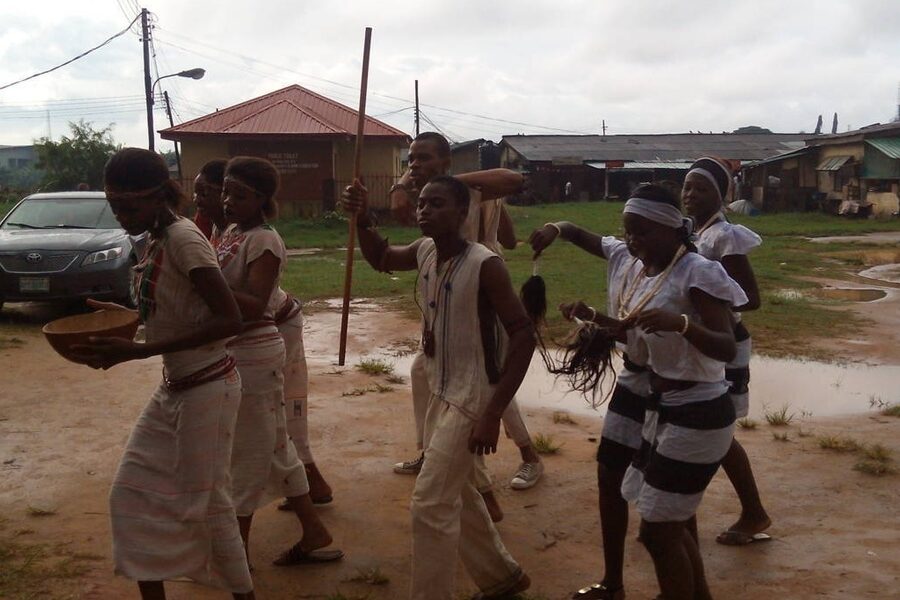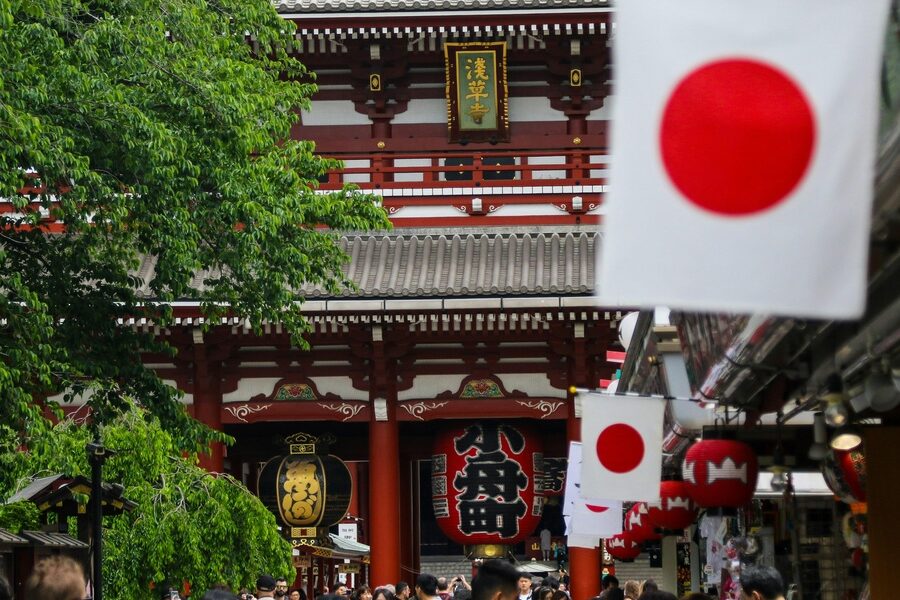Iraq is a land steeped in millennia of history, a crucible where ancient civilizations flourished and diverse cultures converged. This rich tapestry extends naturally to its linguistic landscape, offering a fascinating array of spoken traditions across its varied regions.
Exploring this vibrant heritage, we present a compilation highlighting the distinct forms of communication found within the nation. This list features 12 Dialects in Iraq, ranging from the historical depths of Assyrian Neo-Aramaic to the widespread usage of Sorani Kurdish. For each entry, you’ll find essential context, including its Language Family, Primary Region, Speakers (thousands), and a Key Feature, all neatly organized in the detailed list below.
Why does Iraq have such a wide variety of dialects?
Iraq’s remarkable linguistic diversity stems from its long and complex history as a crossroads of civilizations and a home to numerous ethnic and religious groups. Over centuries, various empires, migrations, and the geographical isolation of certain communities have fostered the development and preservation of distinct linguistic forms, resulting in the rich tapestry of dialects spoken across the country today.
Dialects in Iraq
| Dialect Name | Language Family | Primary Region | Speakers (thousands) | Key Feature |
|---|---|---|---|---|
| Baghdadi Arabic (Gilit) | Semitic (Arabic) | Central and Southern Iraq, Baghdad | 28,000 | Pronounces the classical ‘q’ sound as a hard ‘g’ (e.g., ‘qalbi’ becomes ‘galbi’). |
| Moslawi Arabic (Qeltu) | Semitic (Arabic) | Northern Iraq (Mosul, Tikrit) | 6,000 | Retains the classical ‘q’ sound, unlike the southern ‘g’ pronunciation. |
| Sorani Kurdish | Indo-Iranian (Kurdish) | Kurdistan Region (Sulaymaniyah, Erbil) | 6,000 | Uses a modified Arabic script and is an official language of the Kurdistan Regional Government. |
| Kurmanji Kurdish | Indo-Iranian (Kurdish) | Kurdistan Region (Dohuk) | 2,500 | Often written in a Latin-based alphabet, connecting it to Kurdish communities in Turkey and Syria. |
| Feyli Kurdish | Indo-Iranian (Kurdish) | Eastern Iraq (Diyala, Wasit) along the Iranian border | 800 | Spoken by the Feyli Kurds, who are unique for being predominantly Shia Muslims. |
| Iraqi Turkmen | Turkic (Oghuz) | Kirkuk, Tal Afar, Erbil, Tuz Khurmatu | 1,500 | Forms a linguistic bridge between Anatolian Turkish and Azerbaijani, with many local loanwords. |
| Chaldean Neo-Aramaic | Semitic (Aramaic) | Nineveh Plains (Alqosh, Tel Keppe), Ankawa | 150 | The modern vernacular of members of the Chaldean Catholic Church. |
| Assyrian Neo-Aramaic | Semitic (Aramaic) | Nineveh Plains, Dohuk, Erbil | 60 | Closely related to Chaldean, it is the primary language of followers of the Assyrian Church of the East. |
| Shabaki | Indo-Iranian (Gorani) | Nineveh Plains, east of Mosul | 200 | A distinct Iranian language, not a dialect of Kurdish, with heavy influence from Arabic and Turkish. |
| Modern Mandaic | Semitic (Aramaic) | Southern Iraq, Baghdad | 0.5 | The liturgical and (formerly) spoken language of the Mandaean Gnostic religion. |
| Iraqi Armenian | Indo-European (Armenian) | Baghdad, Basra, Kirkuk | 15 | A variety of Western Armenian that has absorbed significant vocabulary from Arabic and other local languages. |
| Domari | Indo-Aryan | Scattered communities throughout Iraq | 7 | The endangered language of the Dom people, related to but distinct from European Romani. |
Images and Descriptions
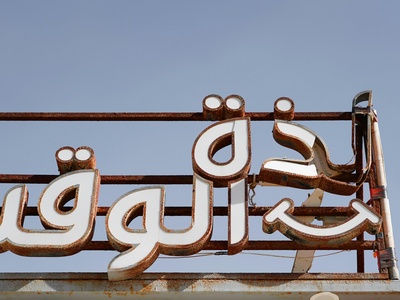
Baghdadi Arabic (Gilit)
The most common Arabic dialect in Iraq, it is the everyday language of the majority, from the capital southwards. Its ‘g’ sound is a well-known feature that distinguishes it from other Arabic varieties in the region.
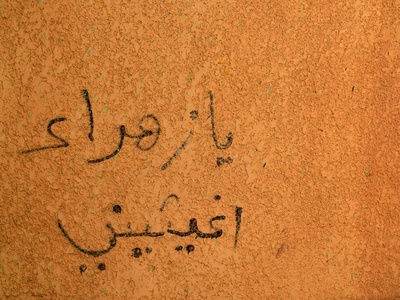
Moslawi Arabic (Qeltu)
This dialect is typical of northern cities like Mosul and shares features with Syrian Arabic. The name ‘Qeltu’ itself comes from the word ‘qultu’ (‘I said’), highlighting its key phonetic difference from southern Iraqi Arabic.
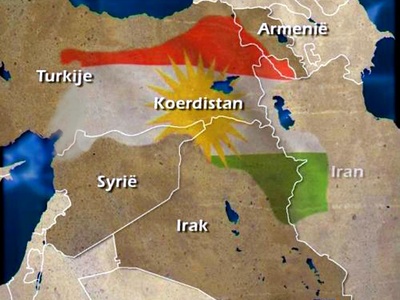
Sorani Kurdish
The primary language of media, education, and government in Iraqi Kurdistan. Sorani is central to modern Kurdish identity in Iraq and is spoken by the largest group of Kurds in the country.
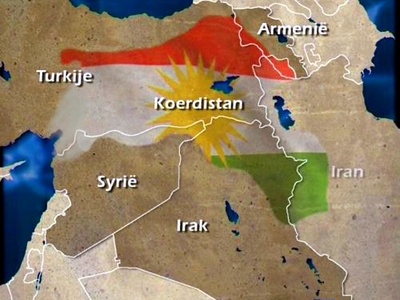
Kurmanji Kurdish
Predominant in the northwestern Dohuk Governorate, Kurmanji is the most widespread Kurdish dialect globally. Its presence in Iraq highlights the cross-border nature of the Kurdish linguistic landscape.

Feyli Kurdish
A Southern Kurdish dialect spoken in the Zagros mountains. The language and its speakers bridge Kurdish, Arab, and Persian cultures, and have faced significant historical persecution, making their language a key marker of identity.
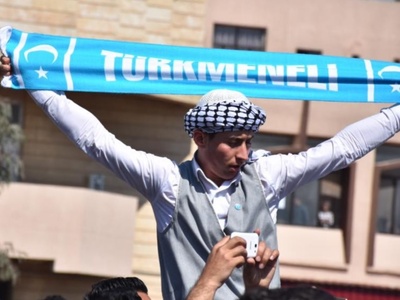
Iraqi Turkmen
Spoken by the Iraqi Turkmen, this language is a vital part of the identity of Iraq’s third-largest ethnic group. It has official status in areas where its speakers form a majority, like Kirkuk.
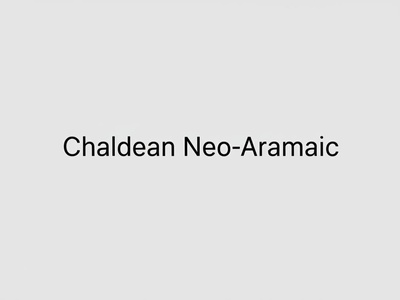
Chaldean Neo-Aramaic
A direct descendant of the ancient Aramaic language, spoken by one of Iraq’s oldest Christian communities. It is an essential part of their cultural and religious heritage, though its use has declined due to emigration.
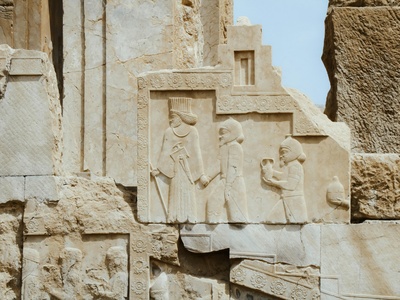
Assyrian Neo-Aramaic
Another modern Aramaic language that serves as a powerful symbol of identity for Assyrian Christians. It connects the community directly to the linguistic heritage of ancient Mesopotamia.

Shabaki
The unique language of the Shabak ethno-religious minority. Shabaki is a key component of their identity, setting them apart from their Arab and Kurdish neighbors in the diverse Nineveh Plains.

Modern Mandaic
This critically endangered Aramaic language is used in the sacred rituals of the Mandaeans, one of the world’s oldest surviving gnostic faiths. Few fluent speakers remain, making its preservation a critical concern.
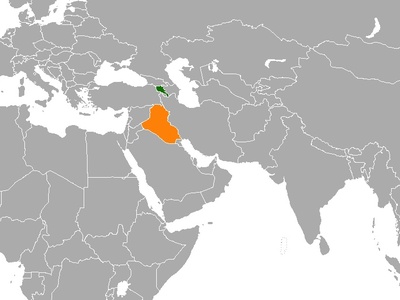
Iraqi Armenian
Spoken by the historic Armenian community of Iraq, this dialect reflects centuries of life in Mesopotamia. The language is a cornerstone of the cultural identity for a community that has contributed significantly to Iraqi society.

Domari
Spoken by the Dom, a traditionally itinerant community sometimes referred to as “Middle Eastern Gypsies.” The language is central to their cultural identity but is highly marginalized and faces extinction.

